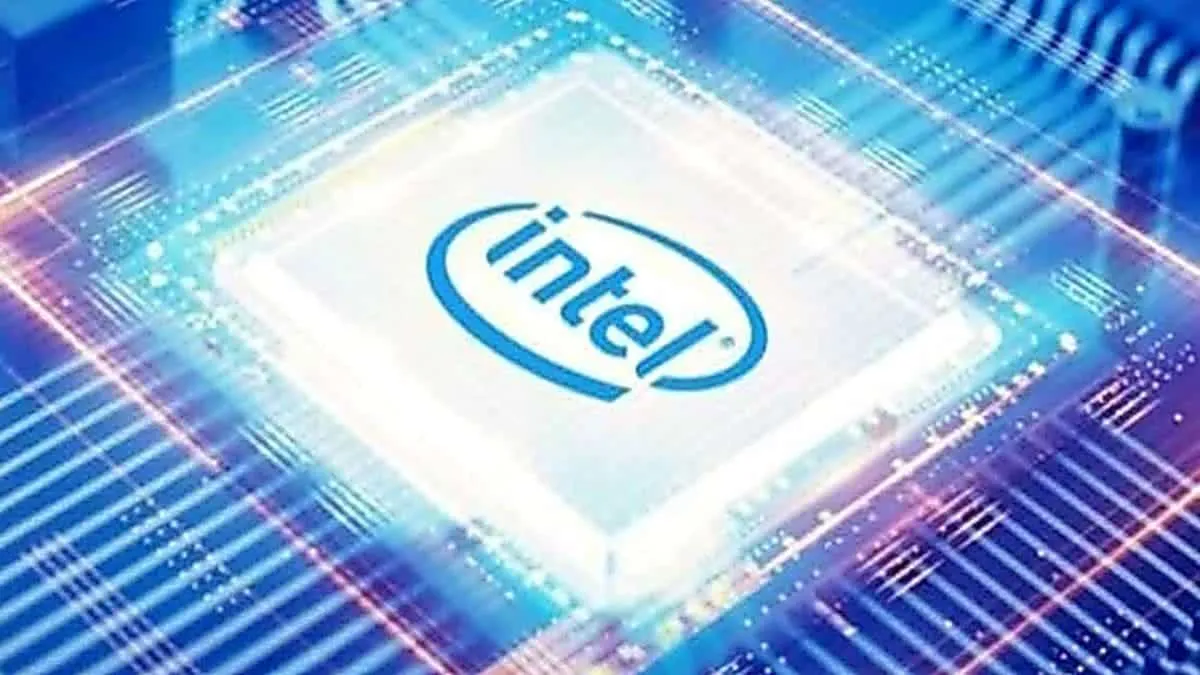Intel will invest $7 billion to expand its Malaysian chip packaging plant
TechTuesday, 14 December 2021 at 07:44

A recent press invitation letter indicates that Intel will invest 30 billion ringgit (about $7 billion) to expand its presence in Penang, Malaysia. The company will expand the production capacity of its advanced semiconductor packaging plant in Penang. According to the invitation letter, Intel is scheduled to hold a press conference on this investment at Kuala Lumpur International Airport in Malaysia on Wednesday. Intel CEO, Patrick Paul Gelsinger, Malaysian Trade Minister, Azmin Ali and Malaysian Investment Development Authority (MIDA) CEO, Aham Abdul Rahman will attend the press conference.

Pat Geisinger
The invitation letter stated that Intel's expansion of the production capacity of its advanced semiconductor packaging plant in Malaysia will strengthen its supporting activities and further strengthen Intel's global service center. At the same time, this investment will also position Malaysia as one of the key centers for manufacturing and shared services.
There were reports on Friday that Intel CEO Kissinger will visit Taiwan and Malaysia this week. This visit highlights the key role of Asian manufacturing for Intel. According to insiders, Kissinger will meet with TSMC and other executives during his trip. In Malaysia, factory closures caused by the epidemic have damaged the supply of chips for many companies. Intel relies on the Malaysian market for chip packaging, which is also the key last step in the semiconductor manufacturing process.
Intel announced its "catch up with Samsung TSMC" strategy
The company recently announced a number of new technologies which will help Intel chips to shrink in size. Furthermore, these technologies will improve its chip performance in the next ten years. Some of these technologies plan to stack different chips. At an international semiconductor conference held in San Francisco, the team announced the new technology through multiple papers.
In the past few years, in terms of manufacturing smaller and faster chips (the so-called "X nanochips"), Intel lost to Taiwan’s TSMC and South Korea’s Samsung Electronics. Now, Intel is doing everything possible to regain the chip manufacturing leadership.
After Pat Gelsinger became Intel’s chief executive officer, he launched a series of business development plans. The idea of these plans is to regain Intel's dominant position in 2025. This time, the company's technical team launched a series of "technical weapons". These "weapons" will help Intel maintain its technological advantage after 2025.
According to reports, traditional chip manufacturing is in a two-dimensional direction, integrating more transistors in a specific area. Intel technical team proposes a new technological breakthrough, which is to stack "small chips" (or "chip watts") in three dimensions. It will also integrate more powerful transistors and computing power per unit volume.
Through transistor stacking technology, the number of integrated transistors per unit size can increase by 30% to 50%. The greater the number of transistors per unit area, the stronger the performance of semiconductors. This is the most important reason for the continuous development of the global semiconductor industry over the past 50 years.
Popular News
Latest News
Loading

